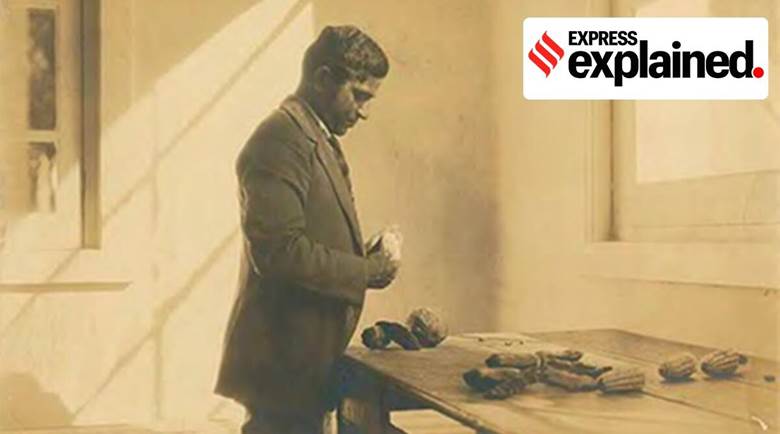Free Courses Sale ends Soon, Get It Now


Free Courses Sale ends Soon, Get It Now



Copyright infringement is not intended
Who was Pandurang Khankhoje?
What was his association with the Indian independence movement?
How did Khankhoje reach Mexico?
© 2024 iasgyan. All right reserved